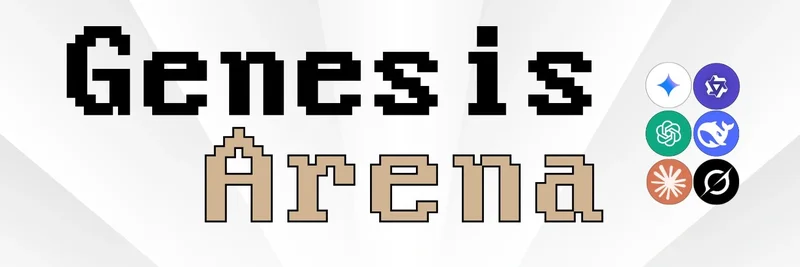The crypto world is buzzing with the recent launch of $MIRA, the native token of Mira Network. Just days ago, BSC News tweeted about the tokenomics reveal, highlighting how crucial this info is for understanding the token's performance and future potential. If you're into blockchain and AI, this is worth paying attention to. Let's break it down in simple terms.
What is Mira Network?
Mira Network isn't your typical meme token—it's a serious player in the decentralized verification space. Think of it as a system that makes AI more reliable by verifying outputs in a decentralized way. This helps with everything from autonomous systems to enterprise apps and dApps (decentralized applications). By combining blockchain with AI, Mira aims to create trusted, tamper-proof AI processes.
The project recently completed a $9 million seed round from big names like Bitkraft Ventures, setting the stage for growth. $MIRA, an ERC-20 token on the Base network, powers this ecosystem.
Total Supply and Initial Circulation
$MIRA has a total supply capped at 1 billion tokens. That's straightforward—no infinite minting here. At the Token Generation Event (TGE) on September 26, 2025, about 19.12% of the tokens entered circulation right away. This initial supply helps kickstart liquidity without flooding the market.
Over time, the circulating supply is projected to grow steadily:
- Year 1: Around 33%
- Year 2: 61%
- Year 3: 83%
- Full circulation by Year 7
This gradual release is designed to prevent dumps and support long-term value.
Token Distribution Breakdown
How the tokens are allocated tells a lot about a project's priorities. Here's how $MIRA is divvied up:
- Airdrop (6%): Rewarding early supporters, like users of apps such as Klok and Astro, node delegators, and active community members. Most unlocks immediately at TGE, but Kaito stakers wait two weeks.
- Node Rewards (16%): For validators who ensure accurate AI inferences. These are released programmatically based on performance.
- Ecosystem Reserve (26%): Funds grants, partnerships, and incentives. Partial unlock at launch, with the rest vesting over 35 months.
- Core Contributors (20%): Locked for 36 months with a 12-month cliff—meaning no tokens for the first year, then gradual release.
- Early Investors (14%): Vests over 24 months with a 12-month cliff.
- Foundation (15%): For development, governance, and research; vests over 36 months with a 6-month cliff.
- Liquidity Programs (3%): To support market making and listings on exchanges.
This setup emphasizes community and ecosystem growth while protecting against quick sells from insiders.
Vesting Schedules Explained
Vesting is like a time-lock on tokens—it prevents everyone from selling at once, which could crash the price. For $MIRA:
- Airdrops unlock mostly at launch for immediate use.
- Ecosystem reserves vest linearly over 35 months after an initial unlock.
- Team and investors face longer locks (up to 36 months) with cliffs, ensuring they're committed long-term.
This structure promotes stability and aligns incentives with the project's success.
Utilities of $MIRA Token
What can you actually do with $MIRA? It's not just for trading—it's integral to the network:
- Access and Payments: Use it to pay for AI services, APIs, and Mira Flows (a marketplace for ready-made AI packages). Holders get priority and better rates.
- Staking for Security: Node operators stake $MIRA to run models and verify outputs. Bad performance? Stakes can be slashed as a penalty.
- Governance: Vote on key decisions like emission rates, upgrades, and changes.
- Base Pair for Tokens: Acts as the main currency for new tokens launched on the platform.
- Other Features: Handles authentication, payments, memory, and compute via the Mira SDK.
By tying the token to real utility, Mira Network aims to drive demand beyond speculation.
Liquidity and Exchange Plans
To make trading easy, 3% of tokens are set aside for liquidity on exchanges. $MIRA launched with a feature on Binance Alpha, and airdrops can be claimed via points on their events page. Expect listings on major exchanges soon after TGE, which should boost accessibility.
Why This Matters for Investors
As BSC News pointed out in their tweet, understanding tokenomics is key to spotting winners. With its focus on AI verification—a hot sector—Mira Network could have real staying power. The vesting and allocation show a thoughtful approach to sustainability.
That said, crypto is volatile, so do your own research. Check out the full details on BSC News or Mira's official channels.
If you're building in blockchain or AI, $MIRA might be one to watch. What do you think—bullish on decentralized AI? Share your thoughts!




